By Abbey Thiel
It’s no secret that chocolate is one of the most delectable foods in the world. What most of us don’t know, is that this sweet treat starts out as a bean so bitter it is essentially inedible. To become the chocolate we know and love, these beans will travel hundreds of miles and will need to go through several transformations.
Let me take you back to where all the magic begins.


We start with the cacao tree, aptly named Theobroma cacao, by the famous botanist Carl Linnaeus. In Greek, Theobroma translates to ‘food of the gods.’
The cacao tree only grows within twenty degrees of the equator, in the damp conditions provided by the tropics. Once mature, the tree will produce small, white flowers that can only be pollinated by midges, a fly no larger than the tip of a pencil.
The pollinated flowers produce pods about the size of a football. The cacao pods have a leathery skin that will turn from green to yellow as it ripens. Each pod contains on average thirty cacao beans surrounded by a white, mucinous pulp. Although this mucousy pulp surrounding the cacao beans is quite unappetizing, both components are needed to create chocolate.
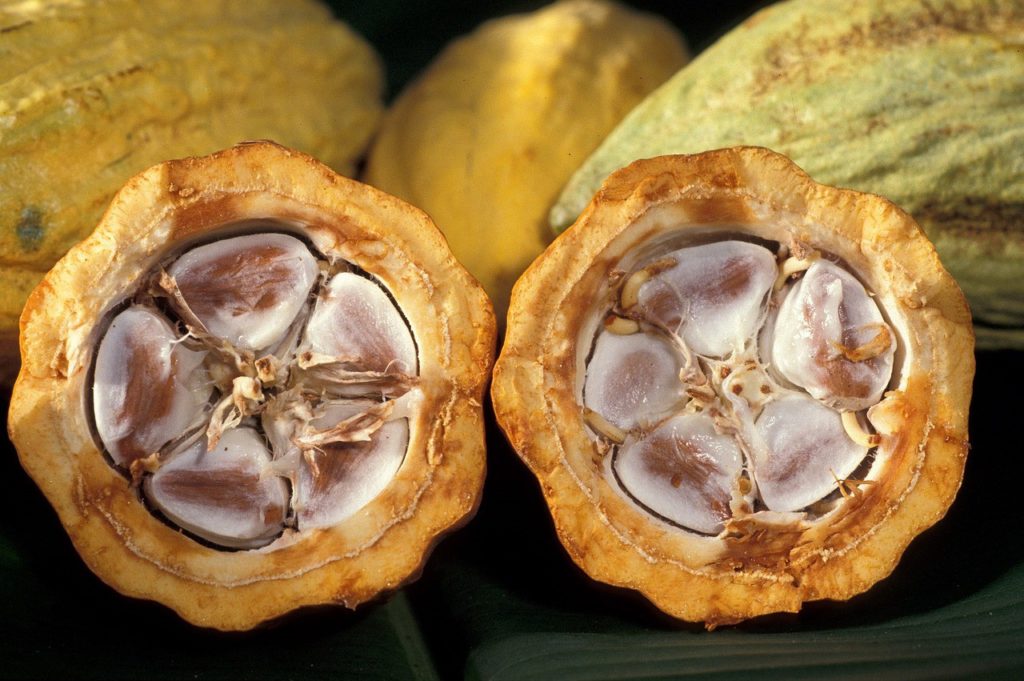
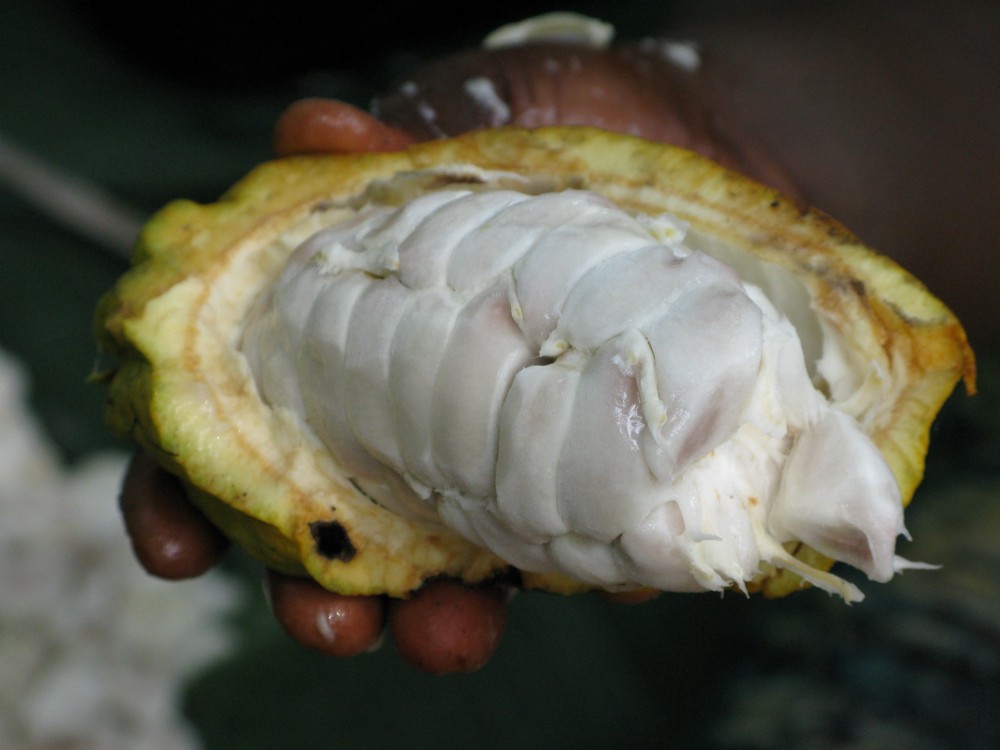
Once cacao pods are mature, they are harvested by hand using a machete. Each pod will be broken open to free the beans and white pulp, which will be collected into a large pile.
This blend of bean and pulp remains outside in the hot temperature and high humidity to undergo fermentation. Simply put, microorganisms will begin growing in the pile of pulp and beans.
Fermentation refers to all metabolic processes that occur, so what the microorganisms consume and produce. Bacteria and yeast thrive in these hot climates and the pulp serves as an excellent nutrient source for them.
In this case, the bacteria and yeast are helpful and needed to produce the precursor compounds necessary for chocolate’s characteristic flavor and aroma. They do this by eating some of the sugar and acid present, converting it into other molecules more useful for chocolate. Fermentation typically lasts for about a week.
Once fermentation is complete, the farmers will separate the beans from the pulp, which can now be disposed of. The pulp is only needed to serve as a nutrient source during fermentation. The beans will be spread in a thin layer and left out in the sun to dry.
Water will be removed from the beans making them microbiologically safe. This means there is such a small amount of water left in the beans that even bacteria, yeast, and mold cannot live. After drying out in the sun, the beans will not spoil, and the farmers can ship them to chocolate manufacturers.

The chocolate manufacturers are responsible for processing the fermented, dried beans into the candy we see in the store.
The first, and perhaps most critical step, is called roasting. This is where hundreds of the flavor compounds we associate with chocolate are generated.
The beans are held at high temperatures for approximately an hour. This vaporizes some of the acidic compounds we don’t want. It also causes what we call browning reactions. These are a whole collection of chemical reactions that ultimately yield the color, flavor, and aroma compounds we associate with chocolate.
Browning reactions also occur in foods like cookies, toasted marshmallows, and caramel. Without the roasting step, the cacao beans would never obtain the flavor profile of chocolate.
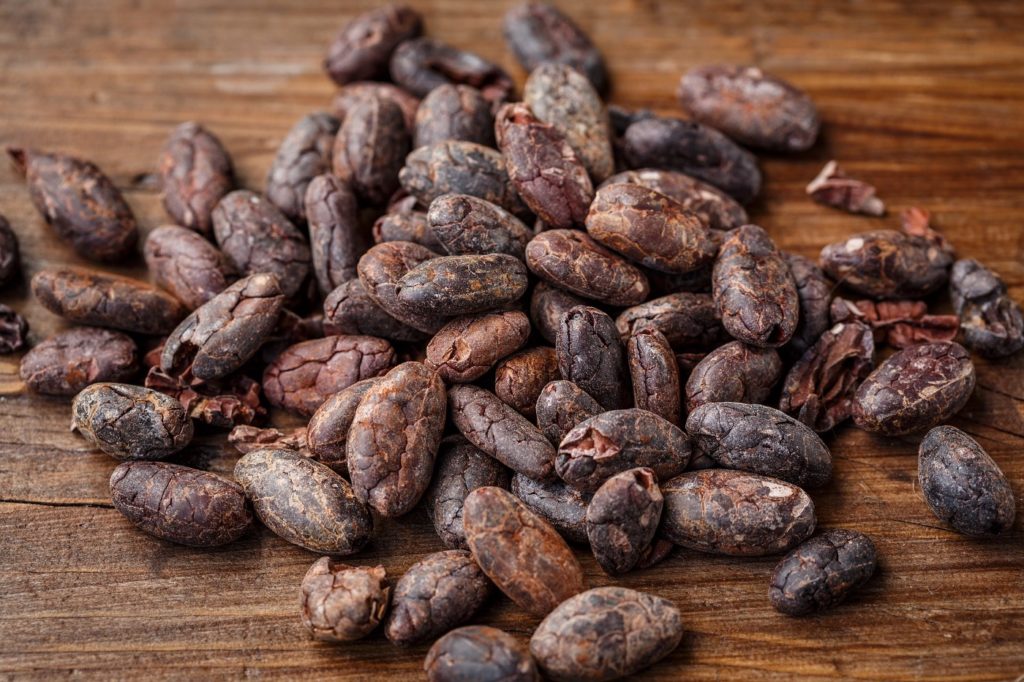
At this point, we at least have something that smells and tastes like chocolate, but further processing is needed to make this hard-shelled bean into a smooth chocolate.
The next step is winnowing, where the beans are crushed to remove the outer shell. Only the inner portion, called the cocoa nib, is used to produce chocolate. You may be able to find cocoa nibs in your local grocery store, but beware they are pretty bitter.
Cocoa nibs undergo additional grinding to further reduce the particle size. With continued grinding, the bean releases cocoa butter, a fat that will surround the cocoa solids, this is now known as chocolate liquor (no, it is not alcoholic). If you noticed, we changed from saying cacao to cocoa.
Cocoa liquor has a very concentrated, chocolatey flavor with a touch of bitter and acidity. To give a more well-rounded flavor, other ingredients like sugar, milk solids, vanilla, and emulsifiers will be added to the pure cocoa liquor.
More cocoa butter will also be added, so that there is enough fat present to suspend the solid particles. The addition of these ingredients to the liquor results in a coarse, heterogeneous mixture that still must be further processed.
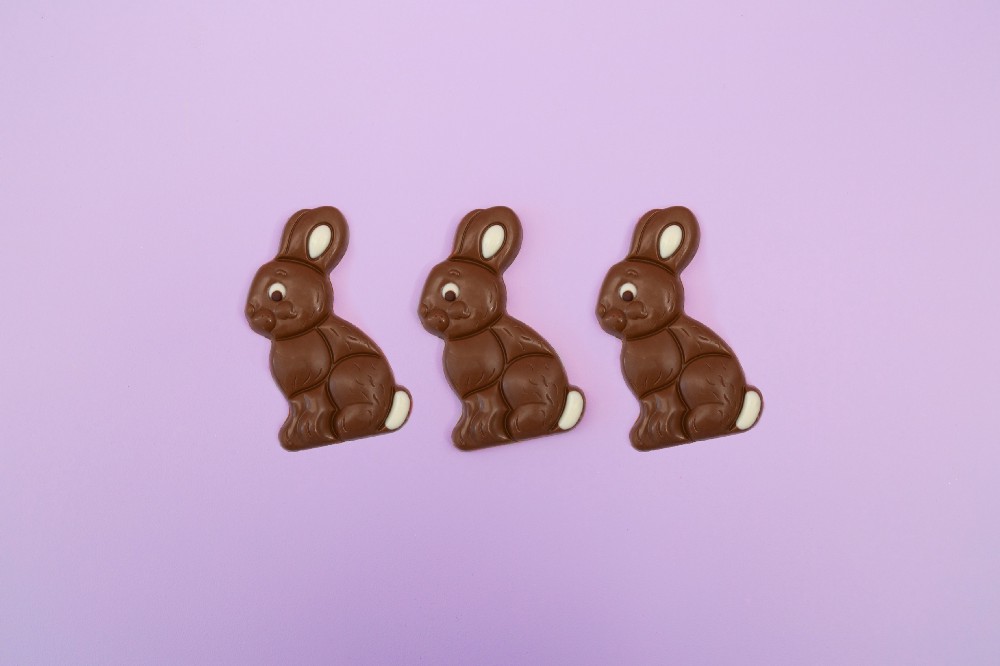
The product of conching is liquid dark chocolate, but if you enjoy milk chocolate, you’ll still need to add a couple more ingredients like milk fat and milk proteins. If you’ve noticed that dark chocolate is more bitter than milk chocolate, it is due to the addition of dehydrated milk solids in this last step, which tends to tone down those bitter flavors.
Then the liquid chocolate is dispensed into bars, chips, bunnies, or whatever shape is needed. The liquid dark or milk chocolate will then be cooled. The fat will crystallize (solidify), and harden the chocolate.
The crystallization step is actually extremely difficult if you are to obtain the characteristic snap, gloss, and melt-in the-mouth properties we associate with chocolate, but that is a whole new topic for another day.
Chocolate is a treat that almost all of us enjoy, but so few of us understand where it comes from. Most people have no idea that to get our chocolate fix, the cacao tree must be pollinated by small flies, beans must be harvested from pods, and microorganisms need to ferment the beans.
That is all before a chocolate manufacturer is ever involved! With this complex, multi-step process, it is a miracle that chocolate was invented. So, next time you quickly grab a chocolate bar while in the store check-out line, take a moment to appreciate the complexity of this sweet treat.
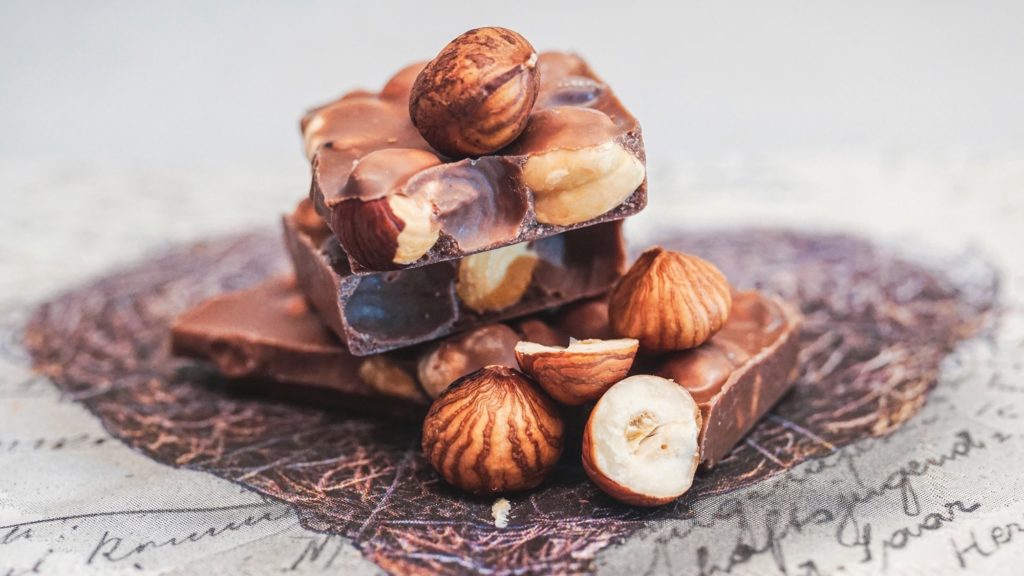

Abbey Thiel | Linkedin
SMF Blog Writer
Abbey discovered that food science was a real major while attending University of Wisconsin-Madison, and quickly transferred into the department. After graduating with a B.S. in food science, she decided to stay in Madison to pursue her PhD. Her research explores the fat network found within ice cream, and yes, there’s lots of ice cream parties! If not found sitting at a microscope for extended amounts of time, Abbey enjoys the great Midwestern sport of log rolling (Google it) and laughing really loud. She is also very busy passing on her passion for food science to her two-year-old niece, whose favorite color is bacon and has hopes of growing up to be soup.





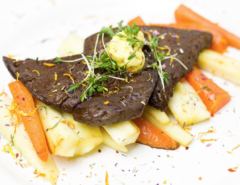
Leave a Reply